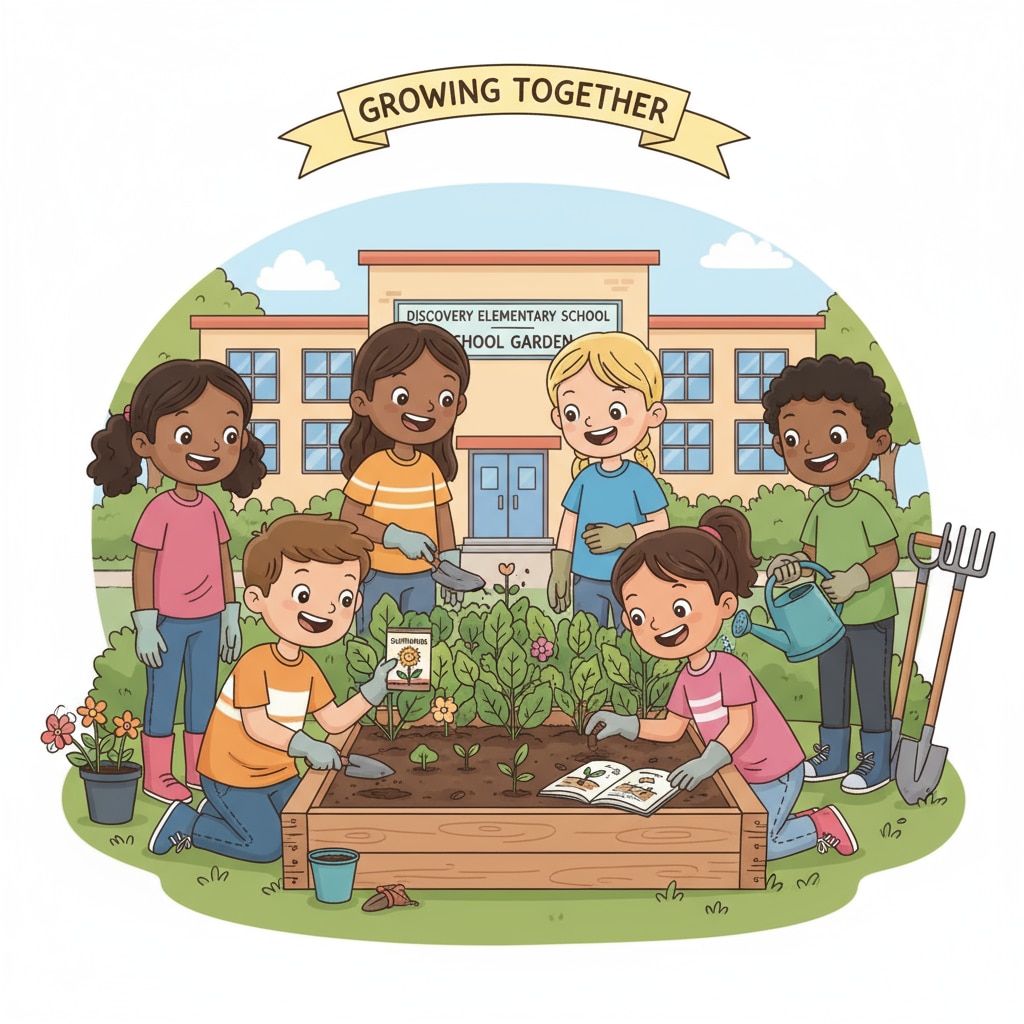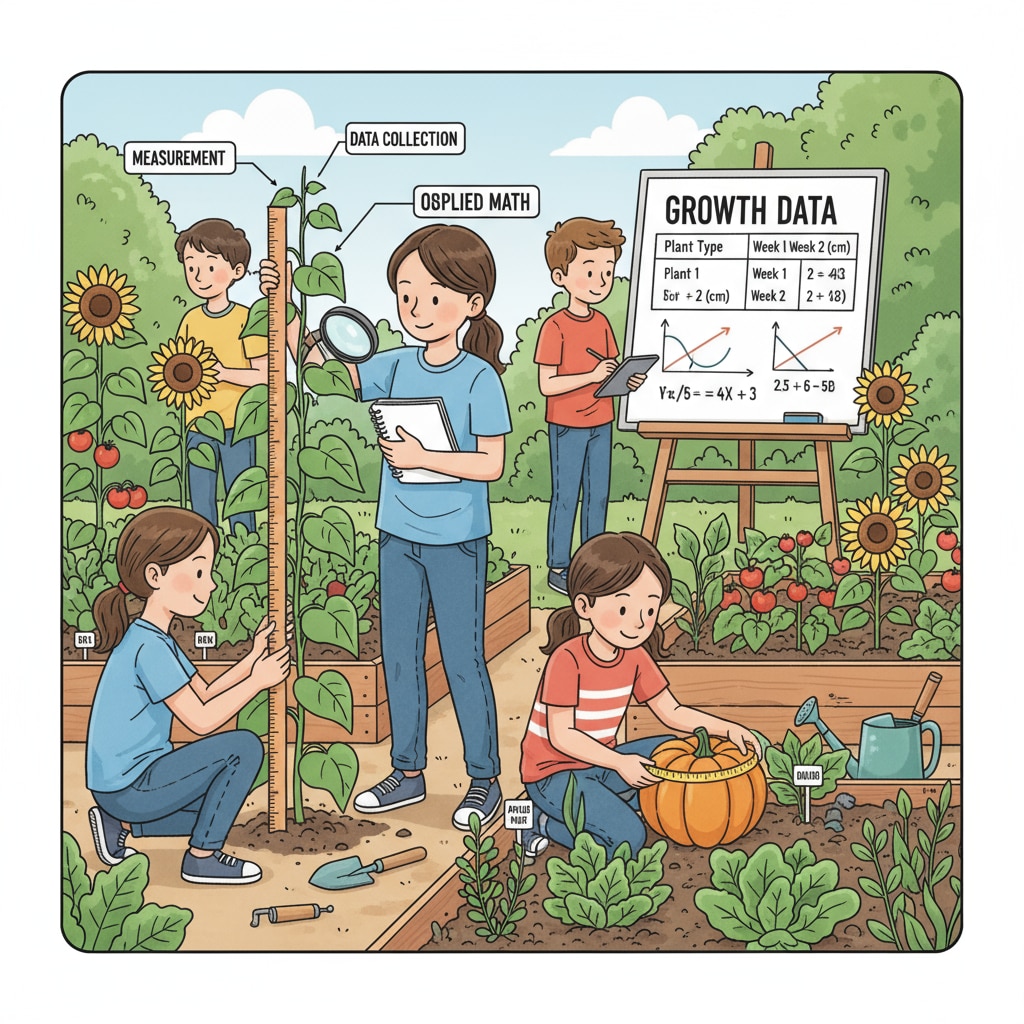School gardens, educational effects, and interdisciplinary learning are intertwined elements that are revolutionizing K12 education. In recent years, school gardens have emerged as a dynamic teaching tool, offering a plethora of benefits that extend far beyond traditional classroom learning. These green spaces on campus are not just aesthetically pleasing but also serve as living laboratories where students can engage in hands-on, experiential learning.

The Educational Power of School Gardens
School gardens have a profound impact on educational effects. For example, they provide a tangible connection to academic concepts. In science classes, students can observe the life cycle of plants, learn about soil composition, and study the effects of sunlight and water on growth. This hands-on approach helps students better understand complex scientific theories. According to Edutopia’s research on garden-based learning, students who engage in garden activities show improved performance in science subjects.
Interdisciplinary Learning in the Garden
One of the most significant advantages of school gardens is their ability to facilitate interdisciplinary learning. Math can be integrated when students measure the area of the garden beds, calculate the amount of seeds needed, or track the growth rate of plants over time. Language arts also come into play as students write journals about their garden experiences, create stories inspired by the plants, or give presentations on their findings. As stated by the National Education Association (NEA) regarding school gardens, these green spaces break down the barriers between different subjects, promoting a more holistic understanding of knowledge.

In addition to academic benefits, school gardens contribute to the development of social and emotional skills. Working together in the garden fosters teamwork, communication, and responsibility. Students learn to share tasks, respect each other’s opinions, and take ownership of their part in maintaining the garden. Moreover, being in nature has a calming effect, reducing stress and anxiety among students.
School gardens also play a crucial role in cultivating environmental awareness. Students can witness firsthand the importance of conservation, sustainable practices, and the impact of human activities on the ecosystem. This exposure instills in them a sense of stewardship towards the environment, which is essential for a sustainable future.
Readability guidance: By using short paragraphs and lists, we can clearly present the key points. Each H2 section provides a distinct aspect of the topic, with lists used where appropriate. The passive语态 is kept to a minimum, and transition words like ‘for example’, ‘in addition’, and’moreover’ are used to connect ideas smoothly.


